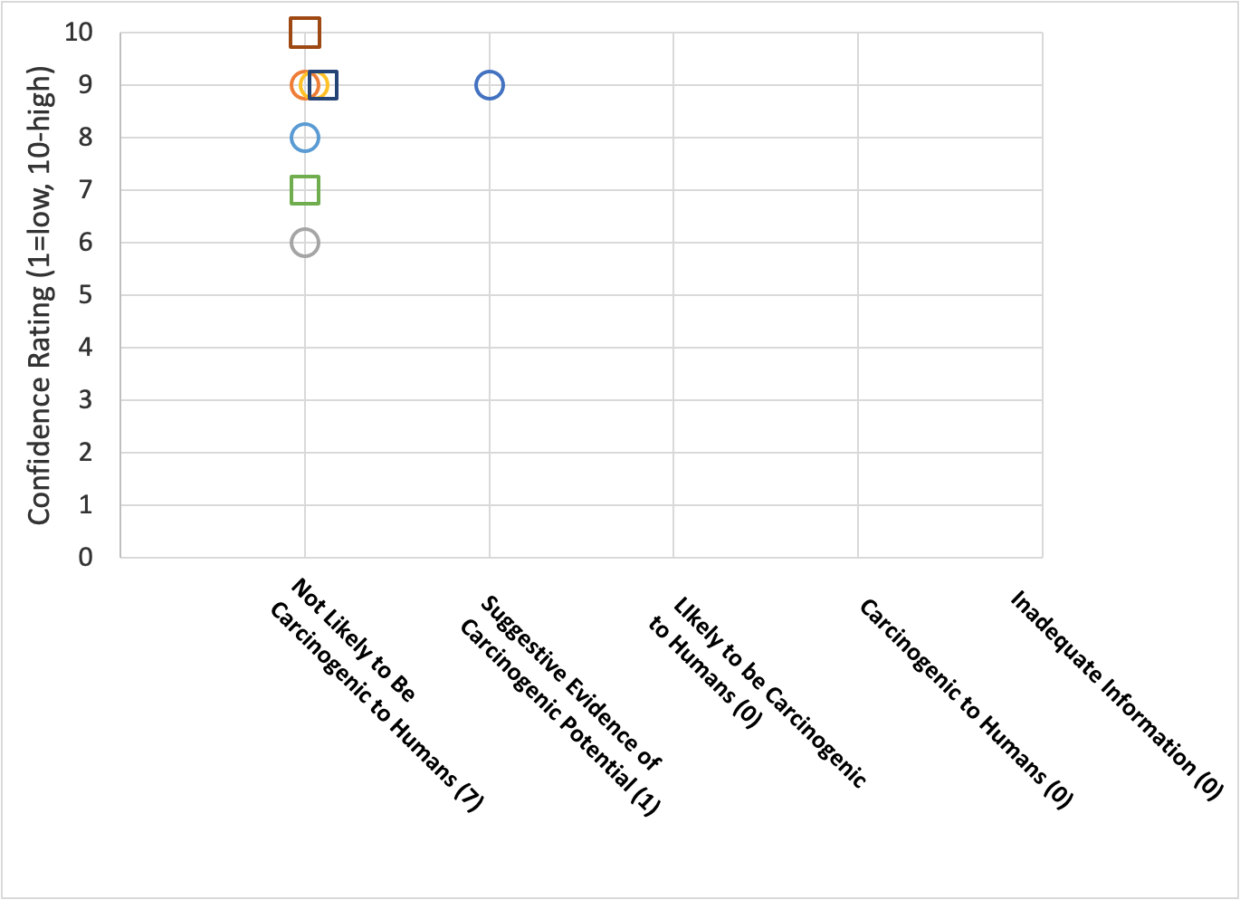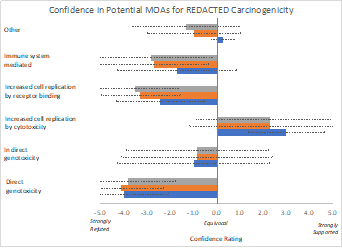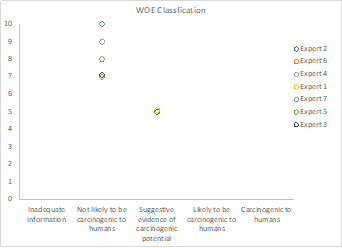Understand and utilize the scientific weight of evidence!
The industrial and agricultural chemicals industries face numerous science, regulatory and perception challenges, often fueled by uncertainty. Uncertainty breeds fear, anxiety and sometimes contempt. Uncertainty also yields delayed and/or poor decisions. At SciPinion, we engage the world’s experts on very niche topics to serve on review panels to help reduce this uncertainty, thereby helping companies and governments make better decisions. Some of the ways we’ve been helping companies and governments include:
Peer Review Panels
- Mode of action peer review panels
- Endpoint specific classification and labeling panels
- Standing panels of former regulators
- TSCA risk assessment peer reviews
Rapid Response Services
- Leverage a standing panel of environmental epidemiology experts that can weigh in on time sensitive topics at a moment’s notice.
- Receive key insights in days or weeks instead of months or years.
Chemical Industry Application Examples
Cancer Classification Weight of Evidence
A pesticide (1,3-Dichloropropene – 1,3-D) had been historically classified as a likely human carcinogen. The registrant, through a series of studies, had determined that the carcinogenic potential of the formulation was due to the carrier and not the active agent. SciPinion assembled a panel of experts in toxicokinetics, genotoxicity, cancer bioassays and cancer weight of evidence to review the literature and weigh in on how 1,3-D should be classified. The panel of experts were in agreement that 1,3-D should be classified as ‘Not Likely to be Carcinogenic to Humans’. US EPA agreed with this assessment and changed their classification of 1,3-D.

Mode of Action and Classification Weight of Evidence Peer Review
SciPinion was approached by a consortium of companies to conduct an independent evaluation of the cancer classification and mode of action for a class of chemicals and ultimately derive a NSRL for each of the individual chemicals. A SciPinion panel of experts evaluated the evidence and concluded that the compound most likely cause tumors in rodents via a non-mutagenic mode of action (MOA – Figure 2) and thus any NSRL, if applicable, should involve a threshold based risk approach. The panel also concluded that the chemicals are not likely to be carcinogenic to humans (Figure 3), which was in contrast with a recent evaluation by IARC. The findings can be found at (Kirman et al., 2023). Phase 2 is the derivation of NSRLs for each of the individual chemicals using a panel of experts to help guide decisions for each step in the NSRL derivation process. These findings have been submitted to the journal and should be published soon.

